Water is essential for farming, but small-scale farmers often struggle with limited access to this vital resource. With changing weather patterns and growing competition for water, conserving it has become more important than ever. Water conservation techniques not only helps save this precious resource but also boosts crop productivity, reduces costs, and supports environmental sustainability.
This blog explores practical water conservation techniques specifically designed for small-scale farmers. From efficient irrigation systems to rainwater harvesting and smart crop choices, these methods can make a significant difference.
By adopting these techniques, small-scale farmers can ensure a reliable water supply, maintain healthy crops, and contribute to the overall well-being of their land and community.
Table of Contents
Toggle1. Understanding the Importance of Water Conservation
Water conservation is critical for small-scale farmers due to several factors:
- Limited Water Resources: Small-scale farms often rely on rainwater or small irrigation systems, making it crucial to use water efficiently.
- Cost Efficiency: Reducing water usage lowers operational costs, making farming more economically viable.
- Environmental Impact: Efficient water use reduces the strain on local water supplies and minimizes the environmental footprint of farming activities.
By conserving water, farmers can maintain their productivity while contributing to the sustainability of their land and surrounding ecosystems.
2. Efficient Irrigation Systems
One of the most effective ways to conserve water is by adopting efficient irrigation systems. Traditional methods like flood irrigation often lead to water wastage, while modern systems can significantly reduce water usage.
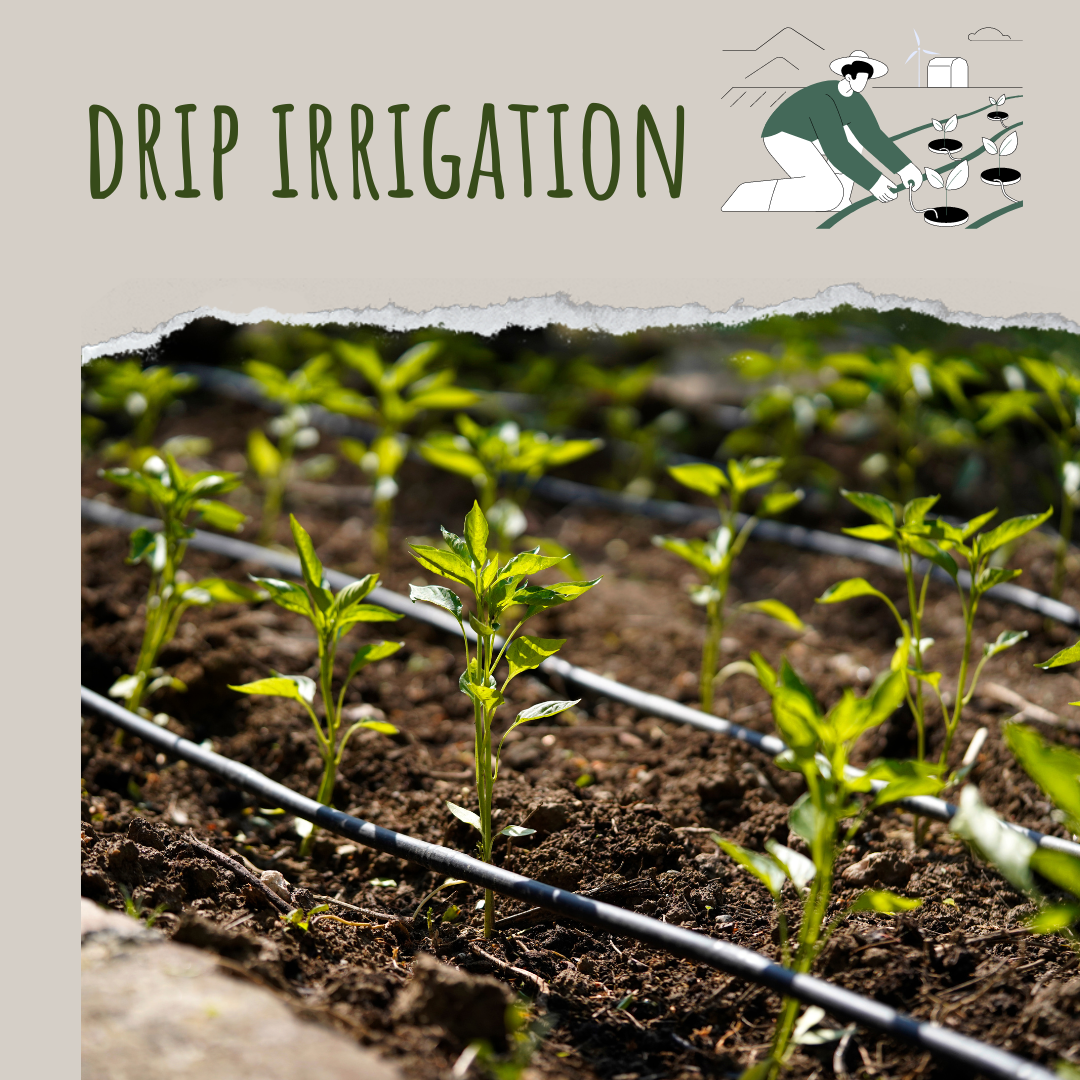
- Drip Irrigation: This method delivers water directly to the plant roots through a network of pipes and emitters. Drip irrigation reduces evaporation and runoff, ensuring that water is used more efficiently.
- Sprinkler Irrigation: Sprinklers distribute water evenly across the field, reducing water loss. While not as efficient as drip irrigation, it is more effective than traditional methods.
- Soaker Hoses: Soaker hoses are perforated pipes that slowly release water directly into the soil. This method is particularly useful for row crops and small gardens.
3. Rainwater Harvesting
Rainwater harvesting is an ancient technique that remains highly relevant today. It involves collecting and storing rainwater for future use, which can be especially beneficial during dry seasons.
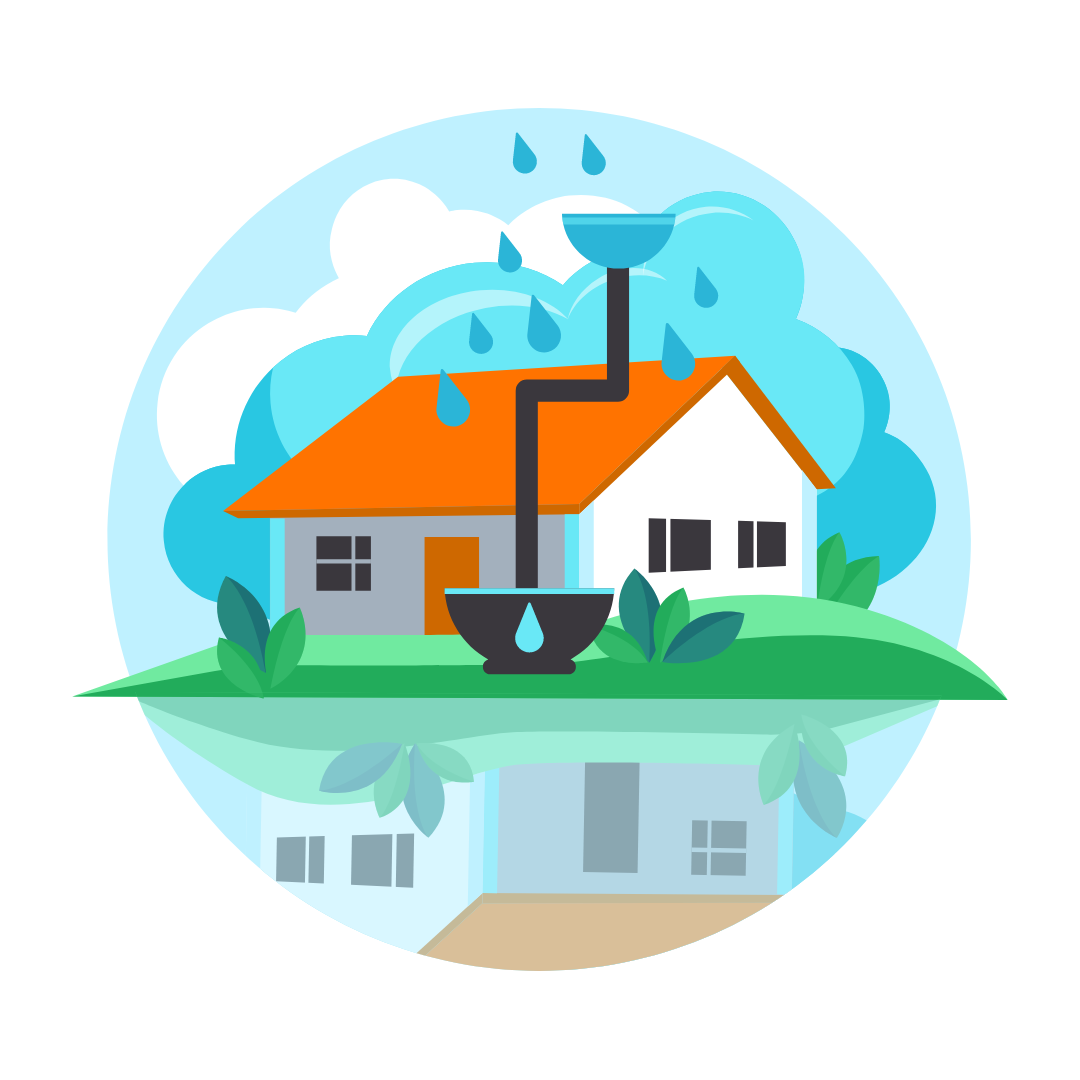
- Roof Catchment Systems: Installing gutters and downspouts to direct rainwater from roofs into storage tanks is a simple yet effective method.
- Surface Runoff Harvesting: Farmers can create small ponds or reservoirs to capture runoff water from their fields. This water can then be used for irrigation during dry periods.
- Underground Storage: Some farmers dig pits or use buried tanks to store harvested rainwater. This method minimizes evaporation and contamination.
Rainwater harvesting not only provides an additional water source but also reduces the reliance on groundwater and surface water.
4. Soil Moisture Management
Maintaining optimal soil moisture is essential for conserving water. By enhancing the soil’s ability to retain moisture, farmers can reduce the frequency and amount of irrigation required.
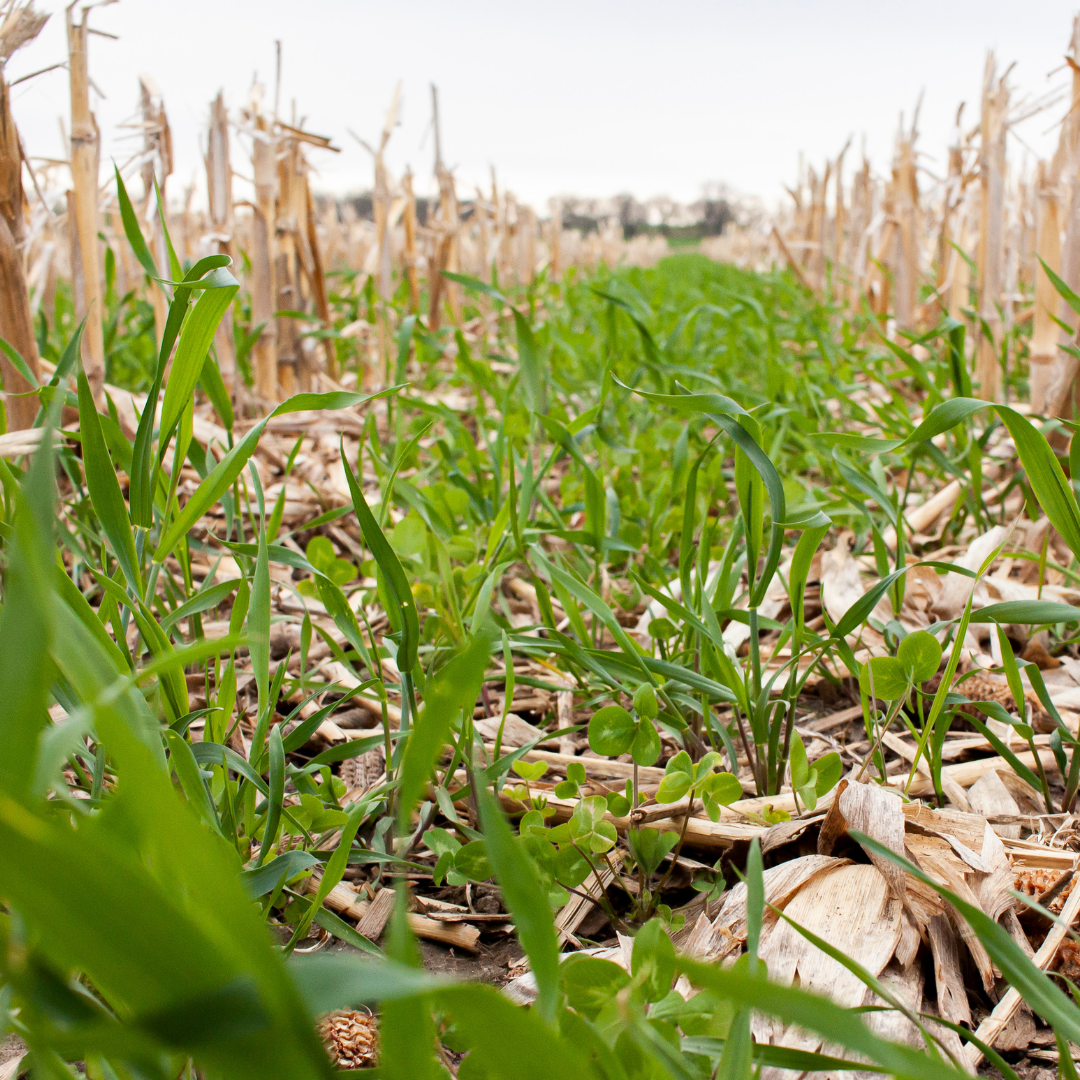
- Mulching: Applying a layer of organic or inorganic material on the soil surface helps retain moisture, reduce evaporation, and control weeds. Common mulching materials include straws, leaves, and plastic sheeting.
- Cover Cropping: Growing cover crops like legumes or grasses between planting seasons improves soil structure and moisture retention. These crops also prevent soil erosion and enhance soil fertility.
- Soil Conditioning: Adding organic matter such as compost or manure to the soil improves its water-holding capacity. This practice also enhances soil health, leading to better crop growth.
5. Crop Selection and Rotation
Choosing the right crops and rotating them effectively can play a significant role in water conservation.
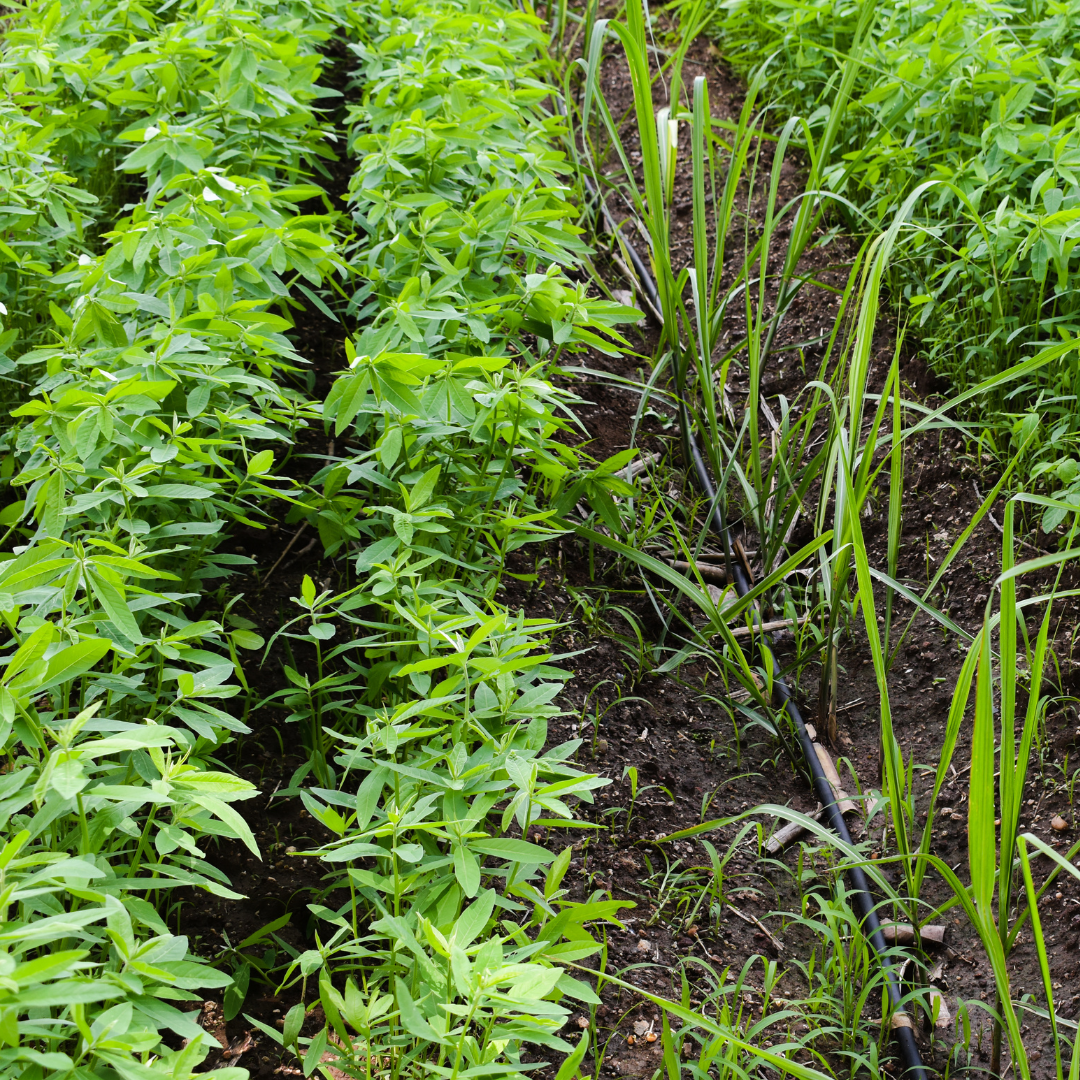
- Drought-Resistant Crops: Planting crops that require less water or are more tolerant of dry conditions, such as sorghum, millet, and chickpeas, can reduce the need for frequent irrigation.
- Crop Rotation: Rotating crops that have different water needs can help manage soil moisture more effectively. For example, alternating between deep-rooted and shallow-rooted crops ensures that the soil remains balanced in terms of moisture.
By selecting appropriate crops and practicing crop rotation, farmers can optimize water use and maintain soil health.
6. Precision Agriculture Techniques
Precision agriculture involves using technology to monitor and manage crop growth and water use more accurately. This approach can lead to significant water savings.
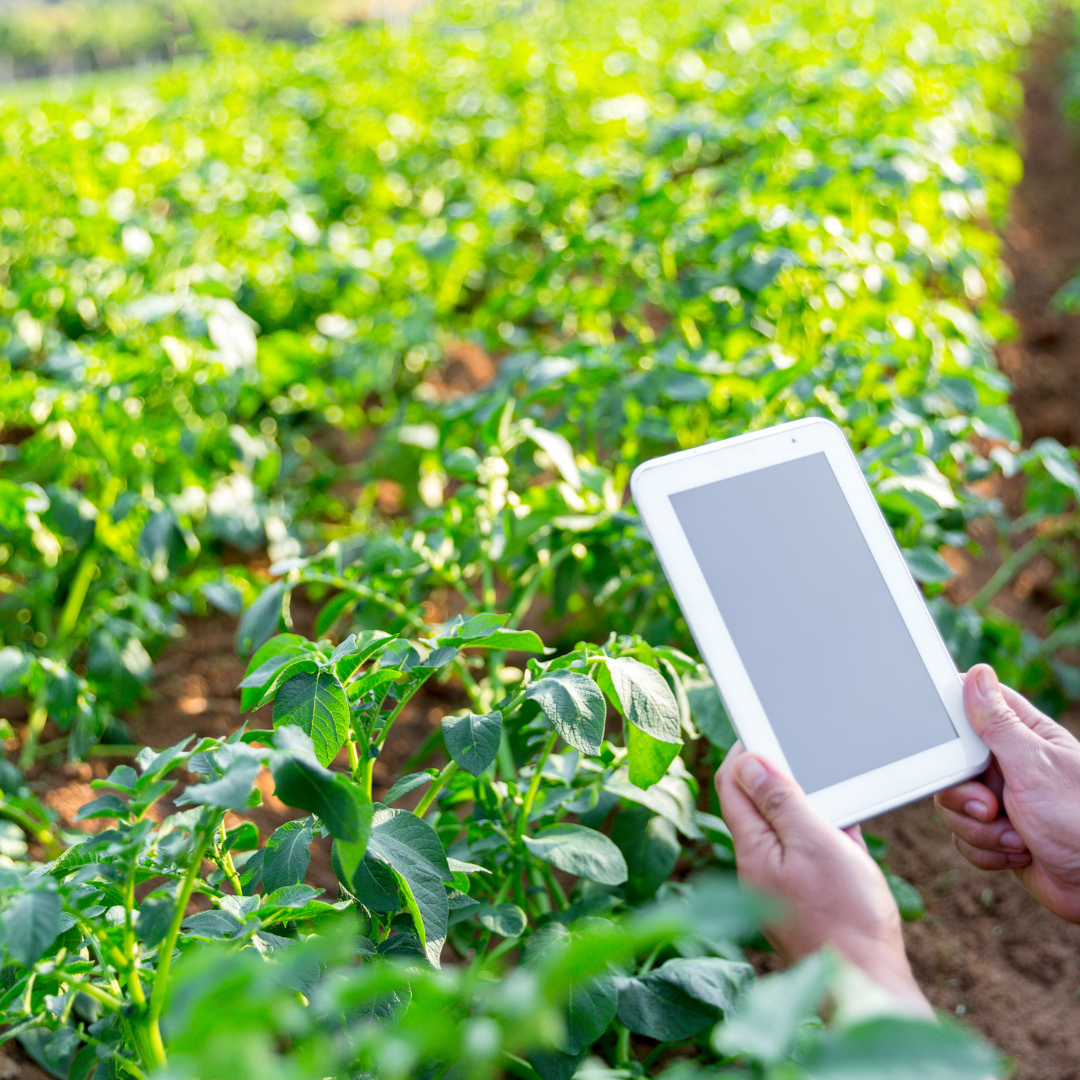
- Soil Moisture Sensors: These devices measure the moisture level in the soil, allowing farmers to irrigate only when necessary. This reduces water wastage and ensures that crops receive the right amount of water.
- Weather Forecasting Tools: By using weather data and forecasts, farmers can plan irrigation schedules more effectively, avoiding unnecessary watering during periods of expected rainfall.
- GPS-Guided Irrigation: GPS technology can be used to create precise irrigation maps, ensuring that water is applied only where it is needed, and reducing wastage.
Precision agriculture helps farmers make data-driven decisions, leading to more efficient water use and better crop outcomes.
7. Water Recycling and Reuse
Recycling and reusing water is another effective way to conserve water on small-scale farms.

- Gray Water Use: Gray water, which is wastewater from household activities like washing dishes or laundry, can be treated and reused for irrigation. While it may require some filtration, gray water can be a valuable resource for non-food crops.
- Runoff Reuse: Capturing and reusing runoff water from fields or irrigation can reduce the need for fresh water. This technique involves collecting runoff in storage tanks or ponds and pumping it back into the irrigation system.
- Aquaponics Systems: Aquaponics combines aquaculture (fish farming) with hydroponics (growing plants in water). In these systems, water is continuously circulated between fish tanks and plant beds, conserving water and recycling nutrients.
Water recycling and reuse can significantly reduce the demand for freshwater, making farming more sustainable.
8. Implementing Water-Saving Practices
In addition to adopting specific techniques, small-scale farmers can implement general water-saving practices in their daily operations.
- Regular System Maintenance: Ensuring that irrigation systems and water storage facilities are well-maintained prevents leaks and reduces water wastage.
- Efficient Watering Schedules: Watering crops during the early morning or late evening reduces evaporation, allowing more water to reach the plant roots.
- Education and Training: Staying informed about new water conservation technologies and practices is essential. Farmers can attend workshops, read relevant literature, or collaborate with agricultural experts to learn more.
By incorporating these practices into their farming routine, small-scale farmers can achieve significant water savings.
9. Government and Community Support
Water conservation efforts can be amplified through government and community support. Many governments offer programs and incentives to encourage farmers to adopt water-saving techniques.

- Subsidies and Grants: Some governments provide financial assistance for installing efficient irrigation systems or rainwater harvesting structures.
- Community Water Management: Farmers can collaborate with their neighbors to share resources like water storage facilities or irrigation equipment. Community-based water management can lead to more efficient water use and reduce costs.
- Training Programs: Government and non-governmental organizations often offer training programs on water conservation techniques. These programs provide valuable knowledge and skills to help farmers implement sustainable practices.
By taking advantage of these resources, small-scale farmers can enhance their water conservation efforts.
10. Challenges and Solutions
While water conservation techniques offer many benefits, small-scale farmers may face challenges in implementing them.
- Initial Costs: Some water-saving technologies, like drip irrigation or rainwater harvesting systems, require a significant upfront investment. However, these costs are often offset by long-term savings in water and increased crop yield.
- Lack of Awareness: Not all farmers are aware of the available water conservation techniques or how to implement them. Education and outreach are essential to overcoming this barrier.
- Climate Variability: Changing weather patterns can make it difficult to rely on certain water conservation methods, such as rainwater harvesting. Diversifying techniques and planning for variability can help mitigate this challenge.
By addressing these challenges and seeking solutions, small-scale farmers can successfully adopt water conservation practices.

Conclusion
Water conservation is not just an option but a necessity for small-scale farmers facing the challenges of limited water resources and climate change.
By adopting efficient irrigation systems, practicing soil moisture management, selecting the right crops, utilizing precision agriculture, and engaging in water recycling, farmers can significantly reduce water use while maintaining or even improving crop yields.
Government and community support, along with ongoing education, are crucial in helping farmers overcome the challenges associated with water conservation.
By embracing these techniques and practices, small-scale farmers can contribute to a more sustainable and resilient agricultural system, ensuring that their farms remain productive and profitable for generations to come.
